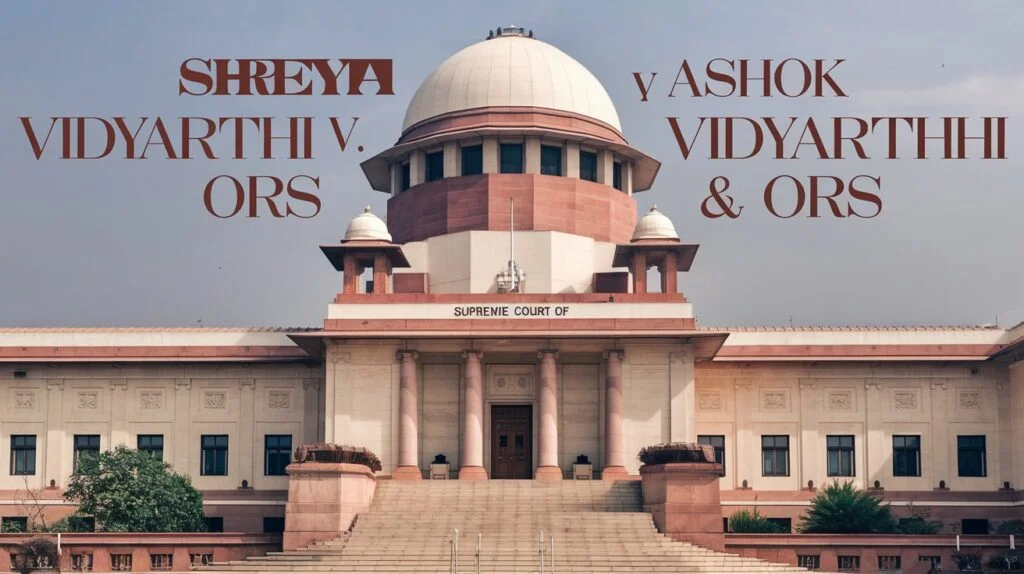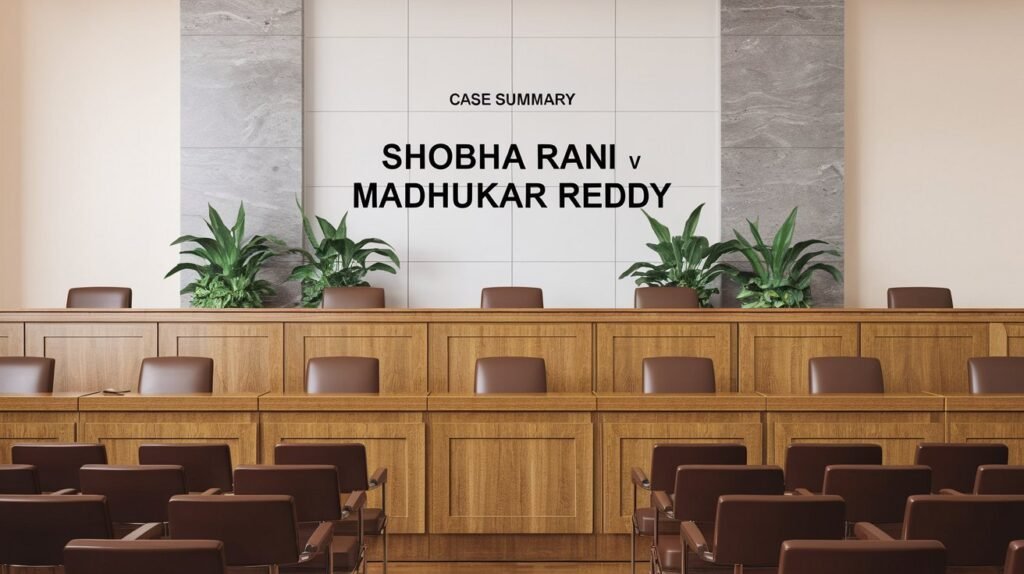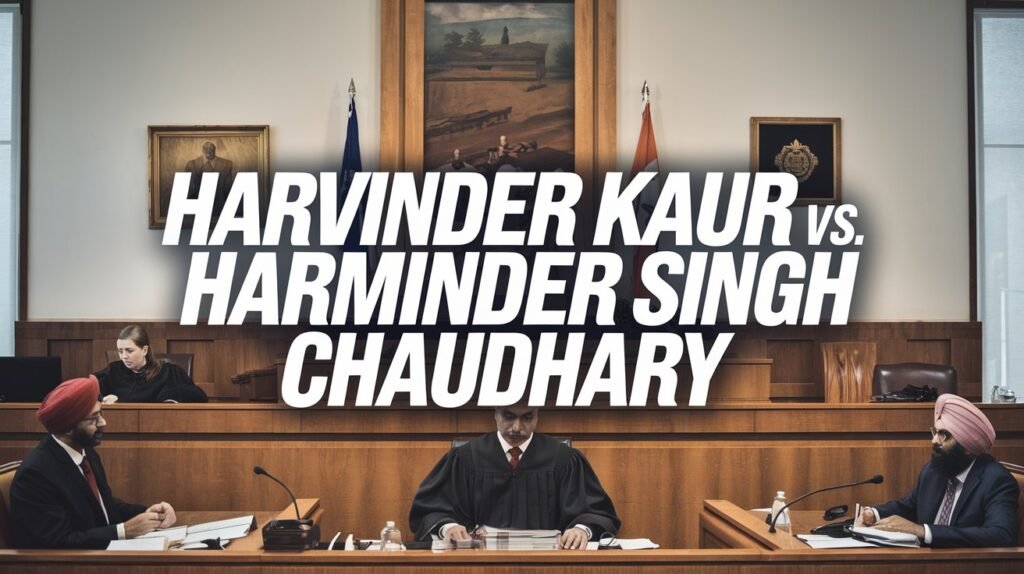Corbett v. Corbett 1970 (Case Summary)

This landmark case in the UK questioned the validity of a marriage involving a transgender woman who had undergone gender reassignment surgery. The court’s decision in Corbett v. Corbett set a precedent for how gender identity and biological sex are treated under marriage law, highlighting the legal challenges faced by transgender individuals during the era.
Table of Contents
ToggleFacts of Corbett v. Corbett
- Arthur Corbett married April Ashley in 1963.
- April Ashley was born biologically male but had undergone gender reassignment surgery before the marriage.
- Arthur Corbett later sought an annulment, claiming the marriage was invalid because April was biologically male at birth.
- The case was brought before the High Court of Justice, Family Division, to determine the validity of the marriage under English law.
Issues framed
- Whether a marriage between a man and a transgender woman who had undergone gender reassignment surgery is valid under English law?
- Whether the sex of a person for legal purposes, particularly marriage, should be determined by their biological characteristics at birth or by their post-operative gender identity?
Judgment of Corbett v. Corbett
The court primarily considered common law principles and the legal understanding of sex and marriage at the time, which did not explicitly address transgender identities.
The court determined that a person’s sex for the purposes of marriage must be determined by their biological and chromosomal characteristics at birth. Gender reassignment surgery was not recognized as altering a person’s legal sex.
The court ruled that the marriage was invalid because, legally, both parties were considered male at the time of the marriage. Ormrod J. stated that “the biological criteria for determining sex are decisive, and thus the marriage is void.” This judgment emphasized the legal distinction between gender identity and biological sex, with significant implications for the rights of transgender individuals.





